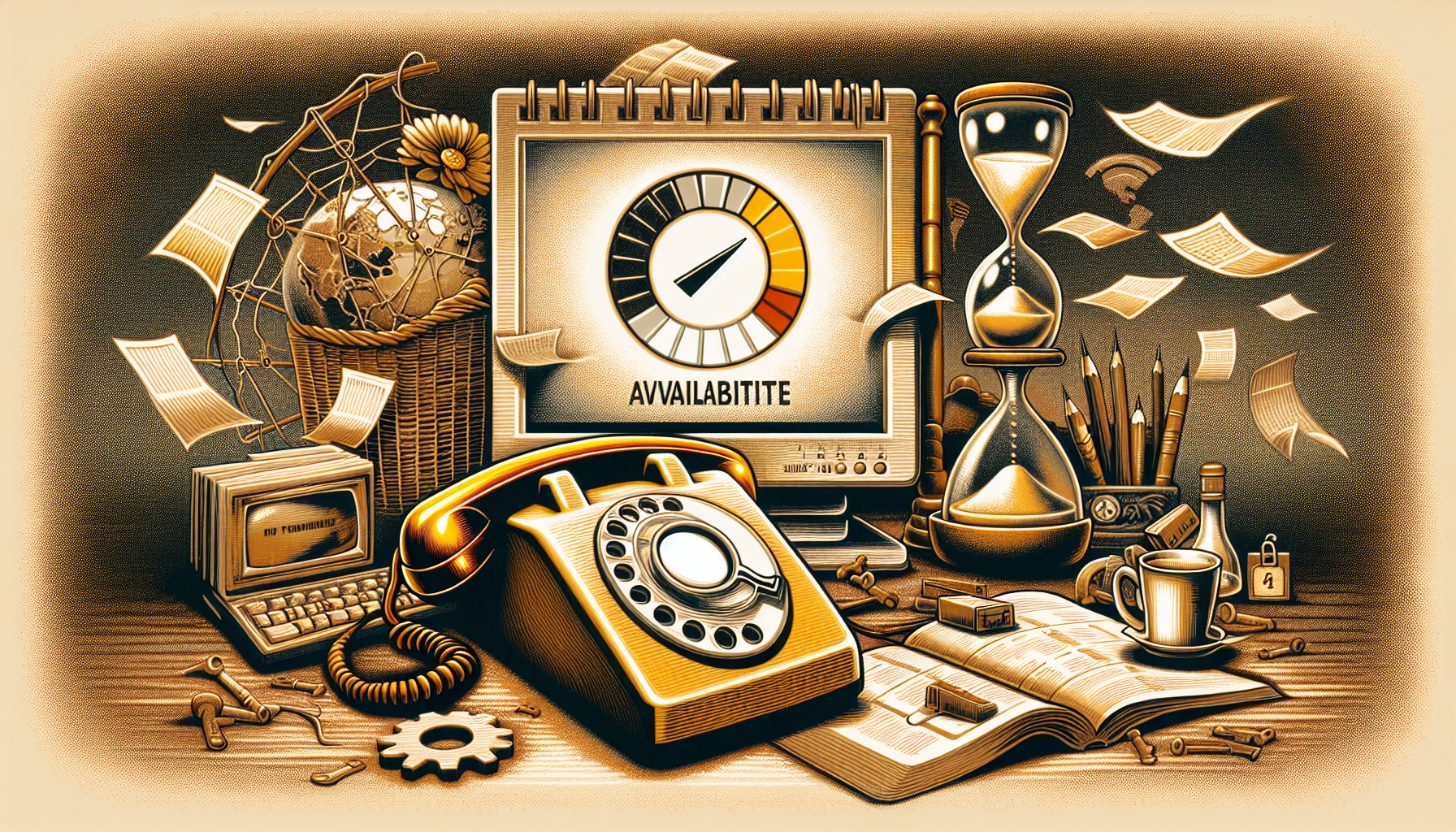
The Closure of a Chapter: AOL Ends Dial-Up Internet Service
The Ascendancy and Decline of Dial-Up Internet
The familiar tones of a dial-up modem establishing a connection to the internet evoke nostalgia for many who lived through the initial phases of online accessibility. AOL, a former titan in the realm of internet service providers, has announced it will officially terminate its dial-up service on September 30. This signifies the conclusion of an era that commenced over thirty years ago, when AOL was a household name associated with internet connectivity.
AOL’s Unexpected Announcement
In a development that caught many off guard, AOL disclosed its choice to cease its dial-up service in a communication on its AOL Help pages. Along with the dial-up service, the AOL Dialer application and AOL Shield browser will also be phased out. While it may be surprising to some that AOL continued to provide dial-up service, a limited number of users in remote locations still depended on this budget-friendly mode of internet access.
The Golden Age of AOL
At its height, AOL proudly claimed tens of millions of subscribers, thanks in large part to its robust marketing approach, which featured sending complimentary trial CDs to homes nationwide. These CDs became a cultural touchstone of the ’90s, representing the inception of the internet era. However, as technology progressed, dial-up internet struggled to keep pace with more rapid broadband alternatives like cable, fiber, and satellite.
The Impact of AOL and Dial-Up Internet
Even with its decline, AOL’s dial-up service remained active for 34 years, surpassing many other ’90s tech landmarks such as Blockbuster, Discmans, and AOL Instant Messenger. The phase-out of AOL’s dial-up service serves as a poignant reminder of the swift evolution of technology and the transient nature of once-prominent technologies.
Conclusion
The cessation of AOL’s dial-up service signifies the end of a pivotal period in internet history. Although the service has been retired, its influence on the digital realm and its contribution to making the internet widely accessible will endure. As we progress with quicker and more effective technologies, it is essential to acknowledge the modest origins that laid the groundwork for the contemporary digital landscape.
Q&A
Q: Why is AOL putting an end to its dial-up service at this time?
A: AOL has resolved to discontinue its dial-up service due to the diminishing user base and the existence of faster, more efficient internet alternatives.
Q: How many users continued to utilize AOL’s dial-up service?
A: The user count for AOL’s dial-up service was in the “low thousands,” mainly in remote regions where other internet services might be scarce.
Q: What will happen to the AOL Dialer software and AOL Shield browser?
A: Both the AOL Dialer software and AOL Shield browser will be terminated along with the dial-up service by the end of September.
Q: What were some substitutes for dial-up internet?
A: Alternatives to dial-up internet comprise broadband services such as cable, fiber, and satellite, which deliver significantly enhanced speeds.
Q: What effect did AOL have on the internet landscape?
A: AOL was instrumental in mainstreaming the internet in the ’90s, making it accessible to millions of homes and influencing the early digital experience.
Q: Are there any current recreations of the dial-up sound?
A: Yes, the distinctive dial-up sound is frequently reproduced on social media and in nostalgic content, acting as a reminder of the internet’s early days.